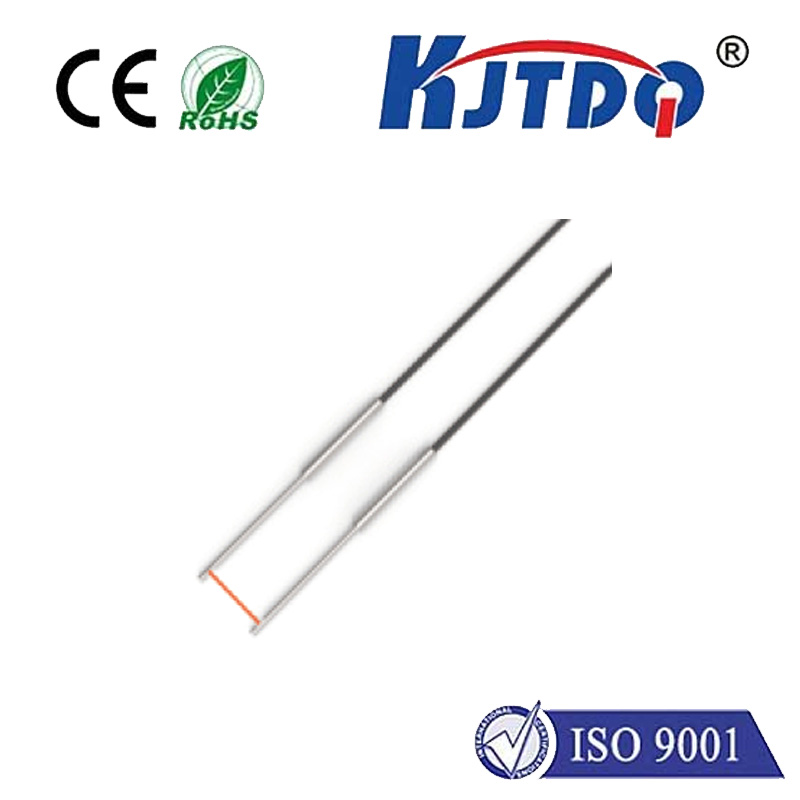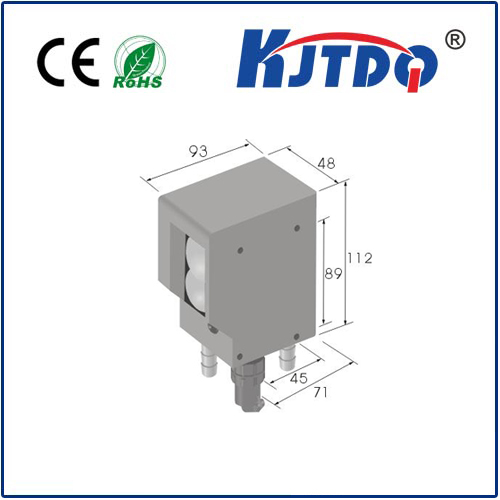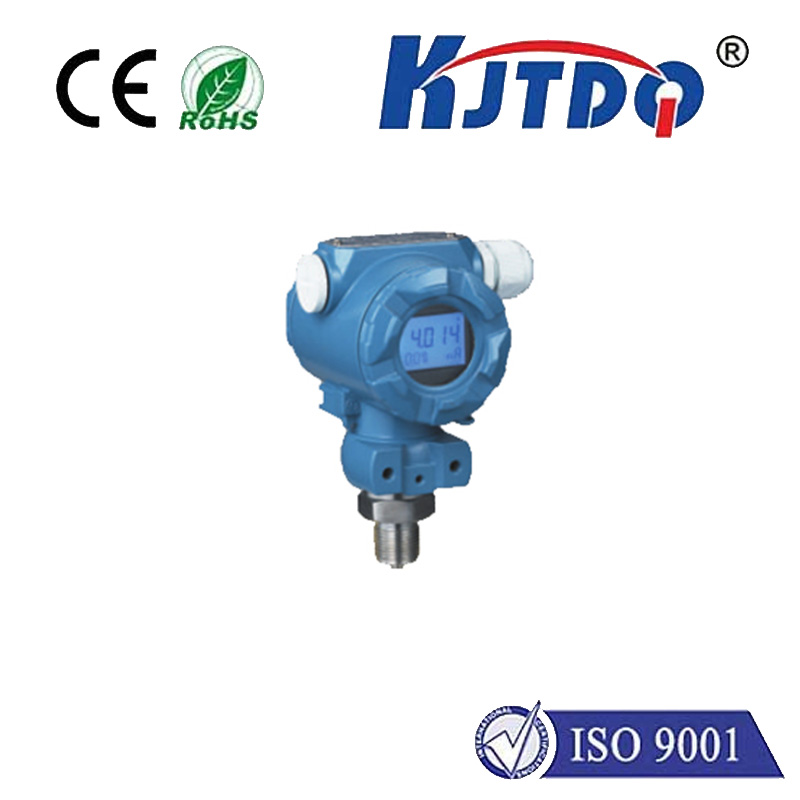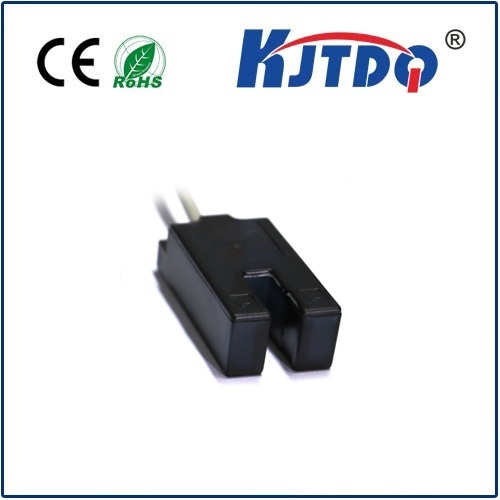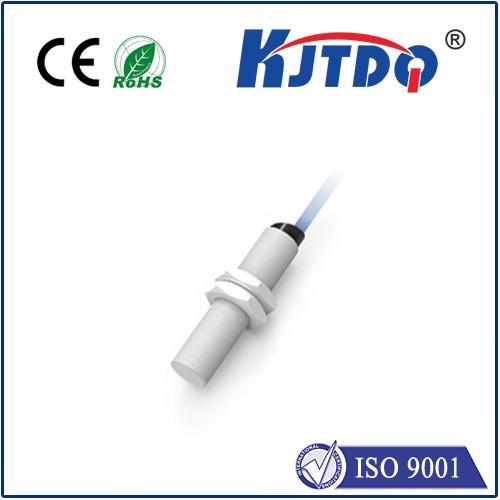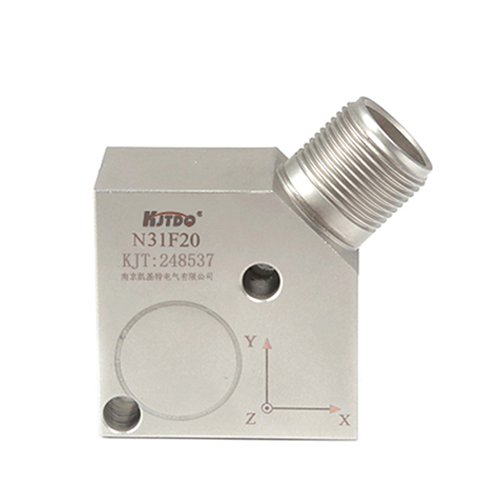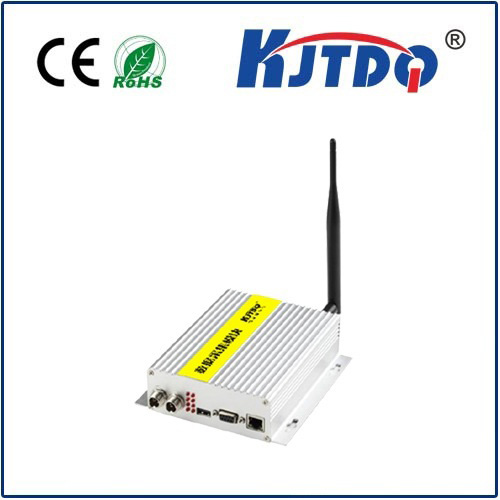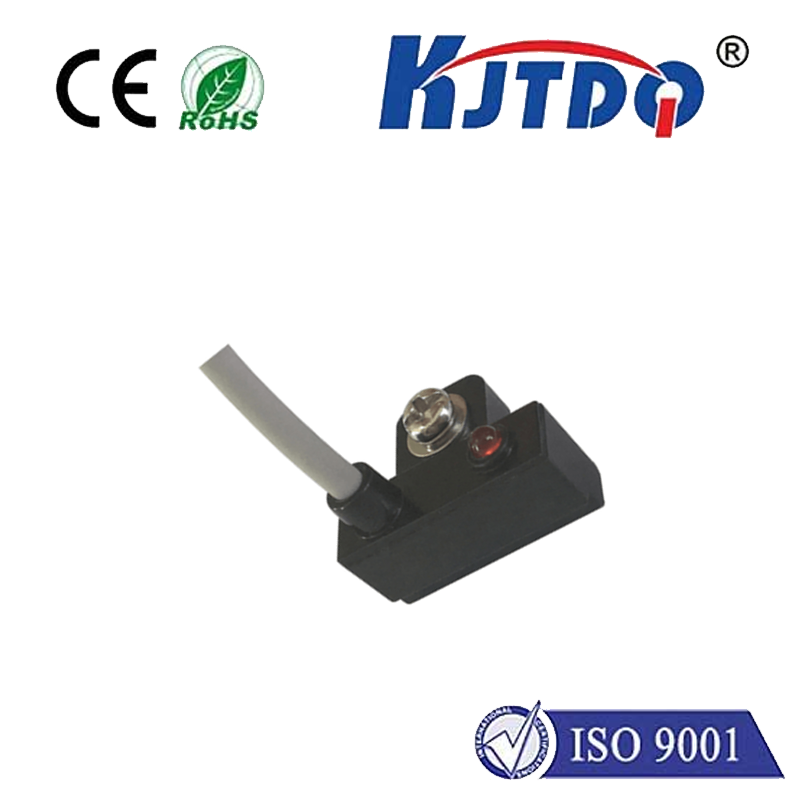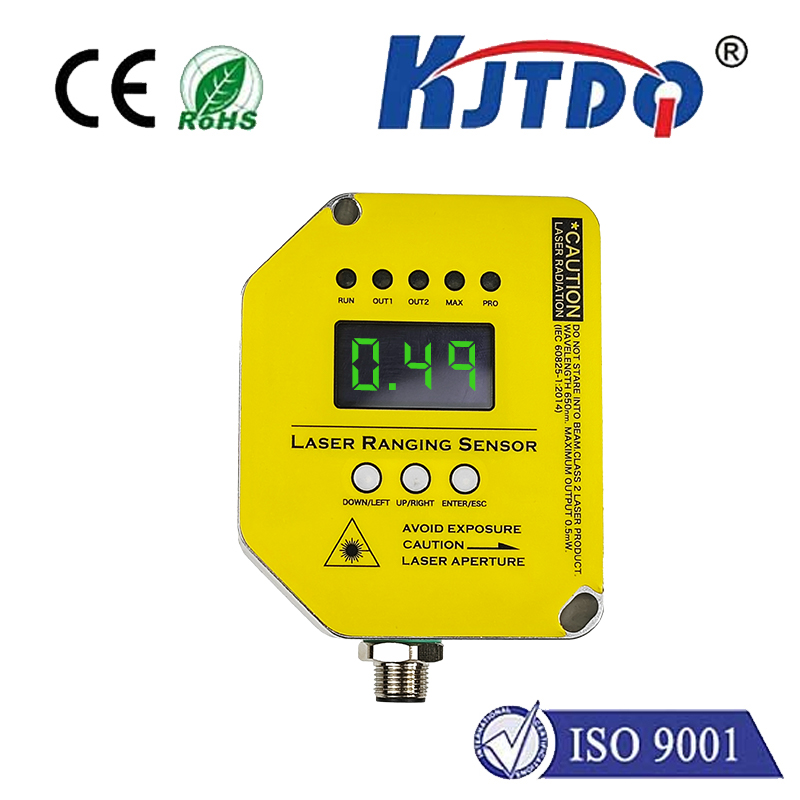body proximity sensor
- time:2025-07-12 01:31:33
- Click:0
Body Proximity Sensors: Unlocking Smarter Interactions Through Touchless Detection
Ever reached out instinctively towards a sink faucet only for nothing to happen? Or waved at an automatic door that stubbornly remained closed? These frustrating moments often stem from limitations in sensing technology. Enter the increasingly pivotal body proximity sensor – a sophisticated yet often invisible technology transforming how devices perceive and respond to human presence without physical contact. These sensors are the silent enablers of seamless, hygienic, and efficient interactions across countless aspects of modern life, moving us steadily towards a more intuitive and responsive environment.
Fundamentally designed to detect the presence or absence of a human body within a designated range, body proximity sensors operate on diverse principles, each suited to unique applications. Unlike simple motion detectors, which identify movement, proximity sensors excel at sensing presence – even if someone is perfectly still. Here are the primary technologies empowering this capability:
- Infrared (IR) Proximity Sensors: These sensors typically utilize passive infrared (PIR) technology. PIR sensors detect changes in infrared radiation emitted naturally by warm bodies. When you enter a sensor’s field of view, your body heat alters the infrared pattern, triggering detection. While excellent for motion-activated lighting or security alerts, basic PIR sensors primarily detect movement, not static presence. More advanced active IR proximity sensors emit infrared light and measure the reflection off a nearby object (like a body) to gauge presence and distance.
- Ultrasonic Proximity Sensors: Operating like high-frequency bats, these sensors emit ultrasonic sound waves (inaudible to humans) and measure the time it takes for the echo to return. The presence of a body reflects these waves faster than open air, allowing the sensor to calculate distance. Ultrasonic sensors are highly reliable for detecting static presence and work well in various lighting conditions, making them ideal for automatic doors, occupancy sensing in buildings, and parking assistance.
- Capacitive Proximity Sensors: These sensors create an electromagnetic field. When a conductive object (like the human body, which contains water and electrolytes) enters this field, it disturbs the capacitance – the sensor’s ability to store an electrical charge. This disturbance is detected, signaling presence. Capacitive sensors are incredibly sensitive to close-range detection and are the backbone of touchless interfaces on sinks, soap dispensers, and some elevator controls. They excel in environments where hygiene is paramount but require careful calibration to avoid false triggers from other conductive materials.
Where Proximity Detection Makes a Tangible Difference

The applications for body proximity sensors are vast and continuously expanding, driven by demands for convenience, hygiene, safety, and energy efficiency:
- Touchless Sanitation: A defining application, especially post-pandemic. Sensors enable hands-free operation of faucets, soap dispensers, hand dryers, toilet flushes, and door openers in public and healthcare facilities, drastically reducing germ transmission points. This isn’t just convenient; it’s a critical health and safety measure.
- Automated Entry & Security: Automatic sliding doors are perhaps the most ubiquitous example. Ultrasonic or active IR proximity sensors detect approaching individuals, triggering smooth, accessible opening. They also enhance security systems, activating alarms if unauthorized presence is detected in restricted zones during off-hours.
- Intelligent Lighting & Building Management: Occupancy sensors, often utilizing PIR or ultrasonic technology, detect human presence within rooms or zones. They intelligently control lighting and HVAC systems, turning them on when occupied and off or to an energy-saving mode when vacant. This leads to significant energy savings and reduces a building’s carbon footprint.
- Retail & Interactive Experiences: Proximity sensors can trigger content displays as customers approach kiosks or product shelves, creating engaging, personalized experiences. Museums use them to initiate audio guides or lighting focused on exhibits visitors are near. They can even help analyze customer flow patterns within stores.
- Automotive Safety & Comfort: Modern vehicles leverage proximity sensors extensively. Keyless entry systems detect an approaching key fob (and sometimes the driver). Advanced driver-assistance systems (ADAS) utilize proximity sensors (often combined with cameras and radar) for blind-spot monitoring, parking assistance, collision avoidance, and even gesture control for infotainment systems – enhancing both safety and driver convenience.
- Consumer Electronics & Appliances: Proximity sensors in smartphones prevent accidental screen touches during calls. Smart appliances might use them to activate displays when users approach or enable touchless controls. Gaming consoles utilize them for gesture-based interaction.
Implementing Proximity Sensors Effectively: Key Considerations
Successfully integrating body proximity sensors requires careful planning:
- Sensor Selection: Crucially, match the sensor technology to the application. Choose capacitive sensors for hygienic touchpoints needing close-range detection, ultrasonic for reliable static presence detection over moderate distances (like doorways), and IR (especially PIR) for motion-triggered actions like lighting or security. Consider environmental factors like temperature fluctuations, humidity, and potential obstructions.
- Range & Field of View: Precisely define the required detection zone. Too wide, and you risk false triggers; too narrow, and detection fails. Adjustable sensors or careful placement are often necessary.
- Calibration & Sensitivity: Proper calibration is essential. Sensors need tuning to reliably detect human presence while ignoring smaller objects or environmental noise (like moving curtains for PIR, or metal objects near capacitive sensors). This minimizes nuisance activations or missed detections.
- Power Consumption: Especially for battery-operated devices (like wireless sensors), choose low-power technologies or implement strategies like sleep modes to extend battery life significantly.
Ensuring Performance and Reliability
The effectiveness of a proximity sensor system hinges on its consistent performance. Look for sensors with robust build quality, designed to withstand their intended environment (dust, moisture, temperature extremes). Advanced sensors incorporate algorithms to filter out transient interference. Rigorous testing during installation and periodic maintenance checks are vital to ensure long-term accuracy and reliability – a poorly performing sensor quickly erodes user trust in the technology.
The Future Beckons: Smarter Environments Await
Body proximity sensors are fundamental building blocks for the Internet of Things (IoT) and truly smart environments. As sensor technology evolves – becoming smaller, more energy-efficient, more accurate, and potentially integrating multi-modal sensing (combining IR, ultrasonic, capacitive) – their capabilities will expand. We’re moving towards spaces that intuitively adapt to our presence: lighting that guides us, displays that anticipate our interest, and interfaces that respond effortlessly to our proximity, creating environments that are not just automated, but perceptive and responsive. While often unseen, these sensors are integral to crafting a more efficient, hygienic, safe, and user-centric world, quietly sensing our presence to make interactions smoother and smarter every single day.












